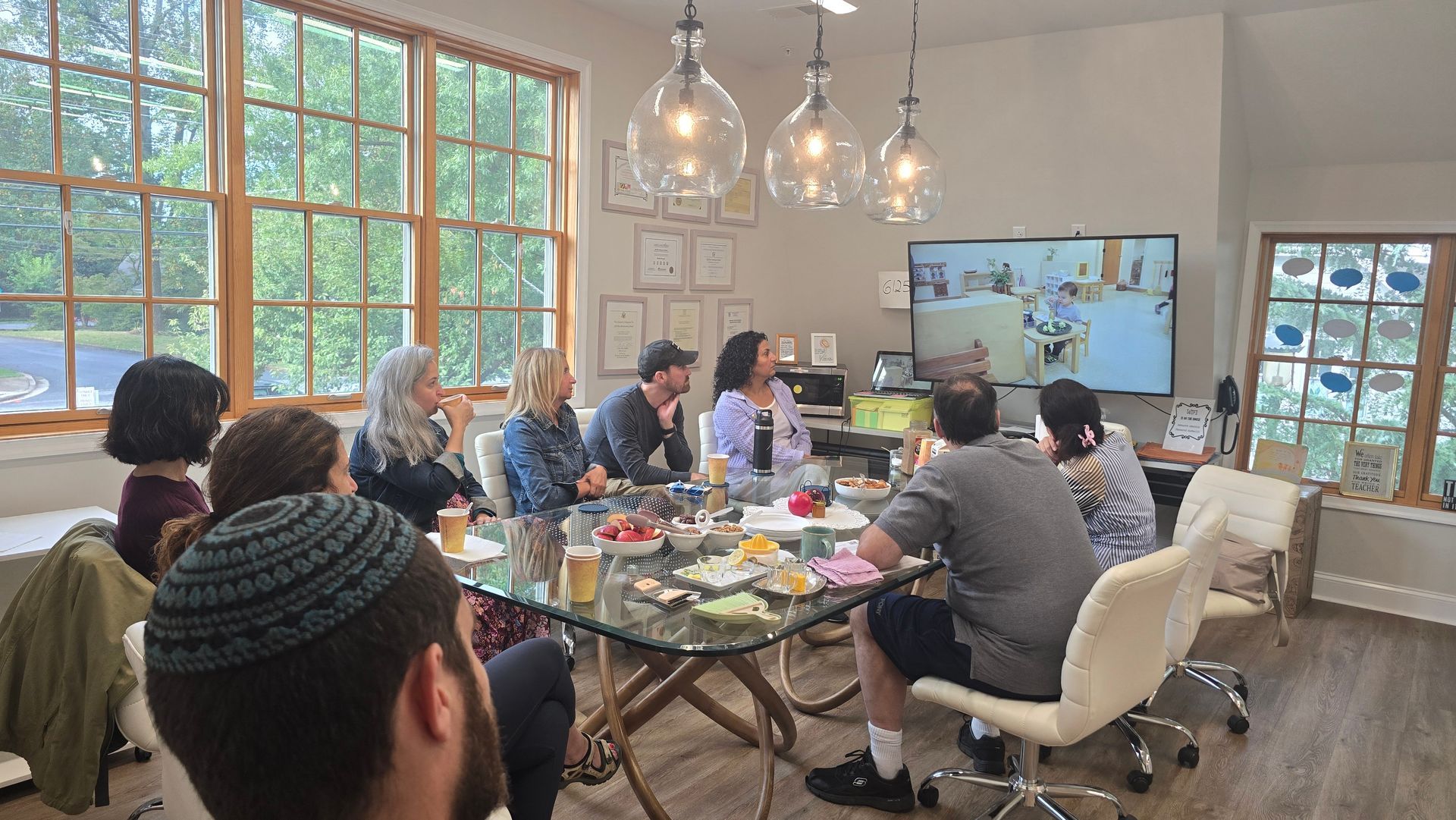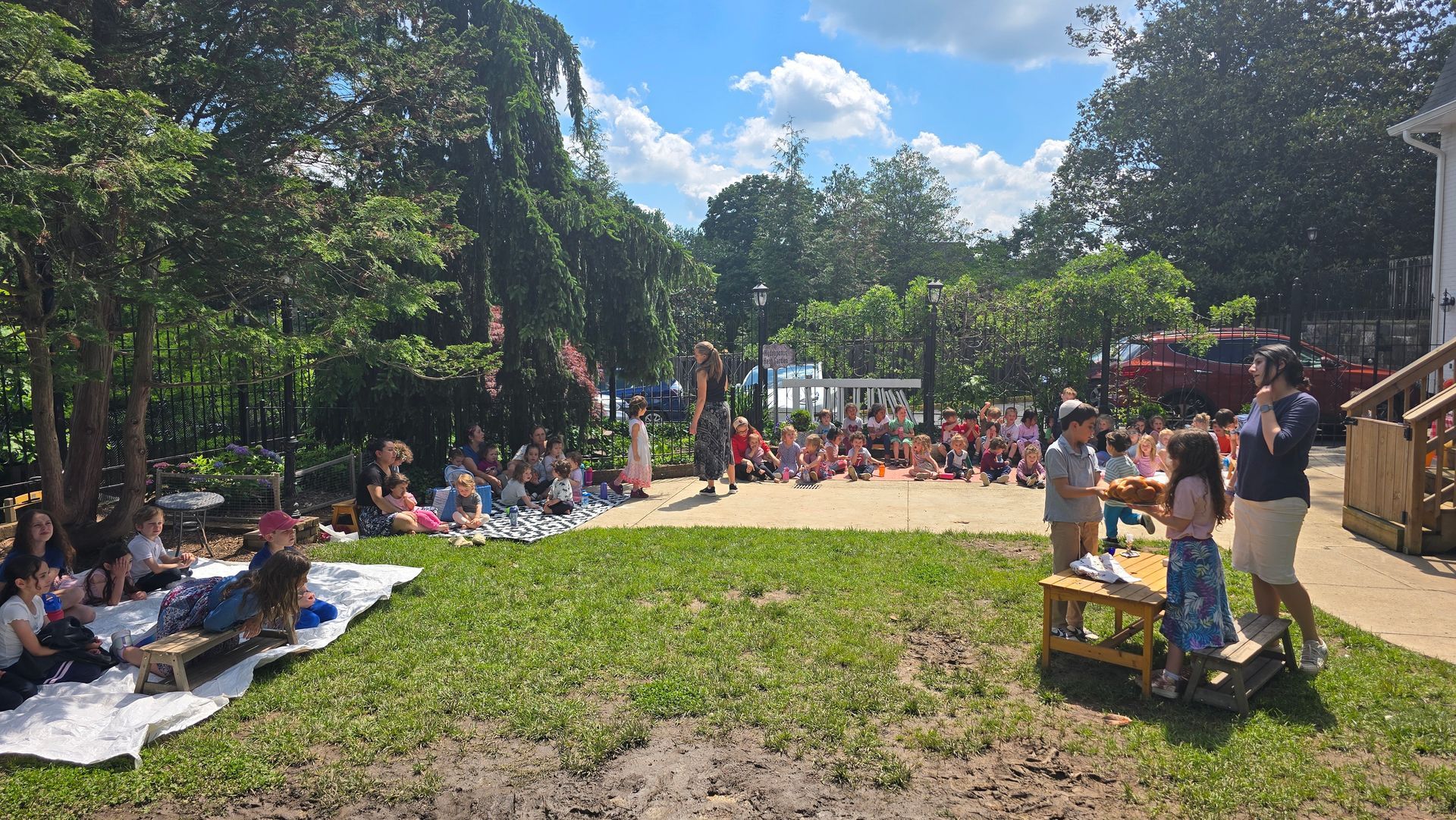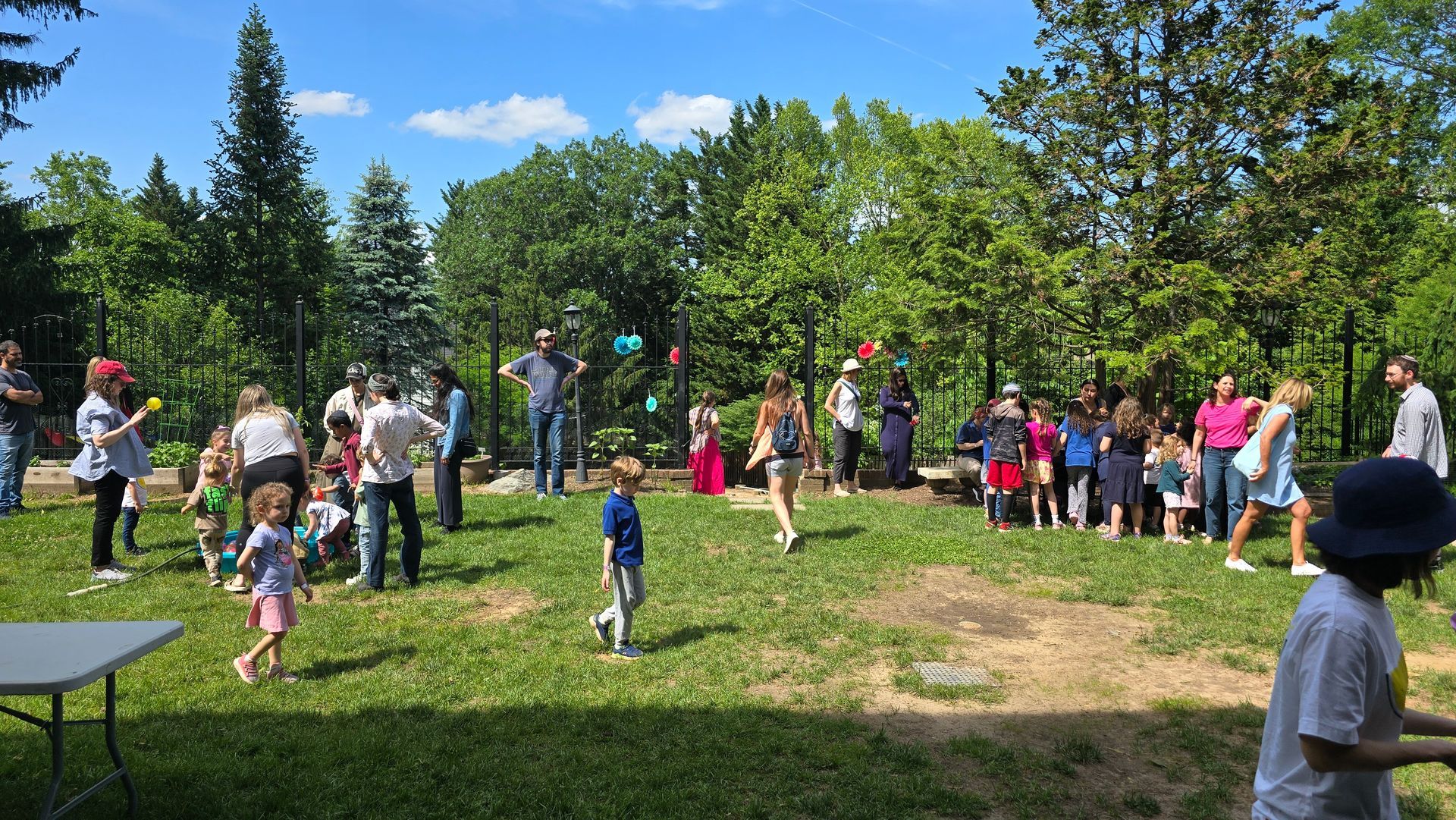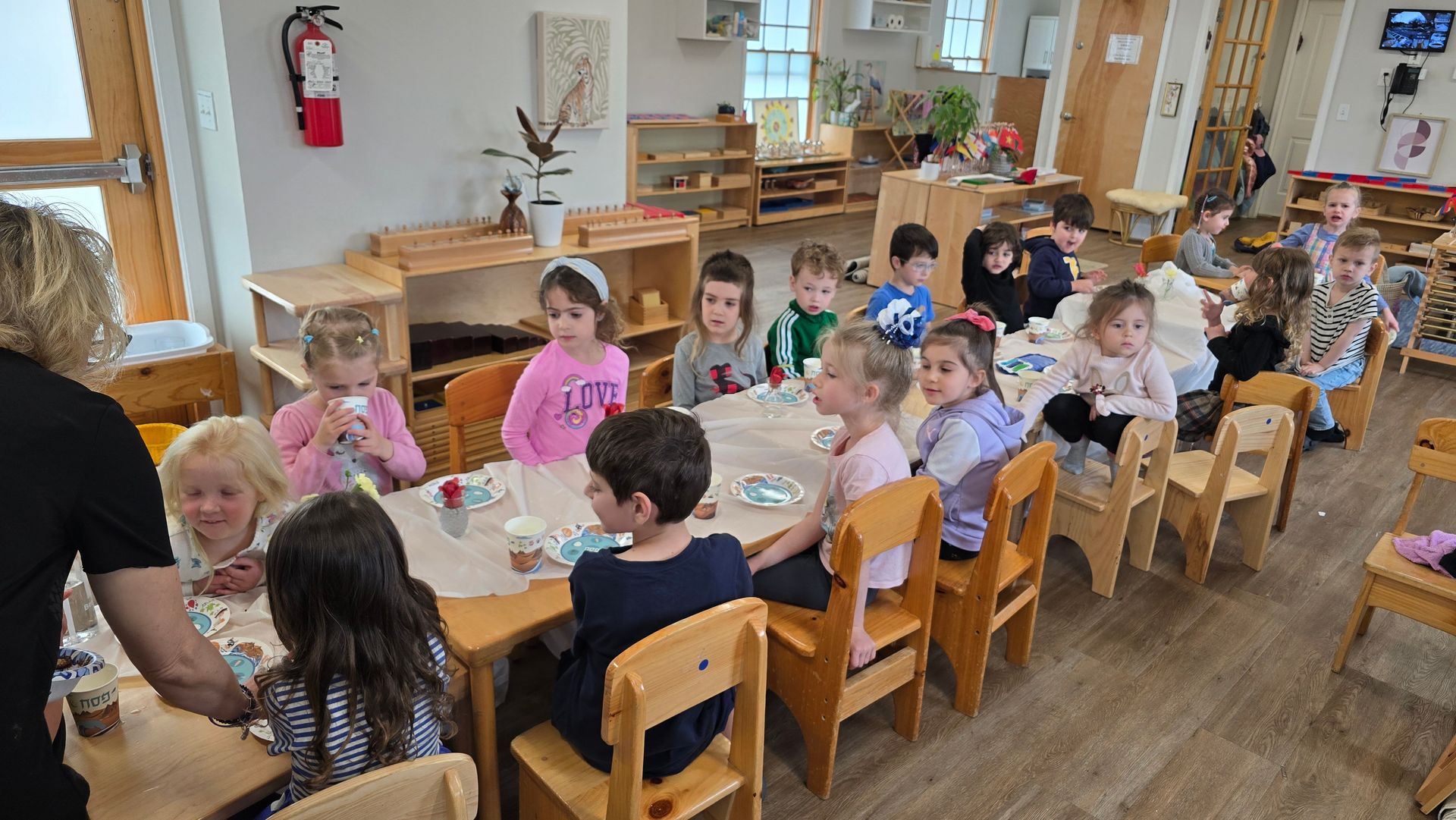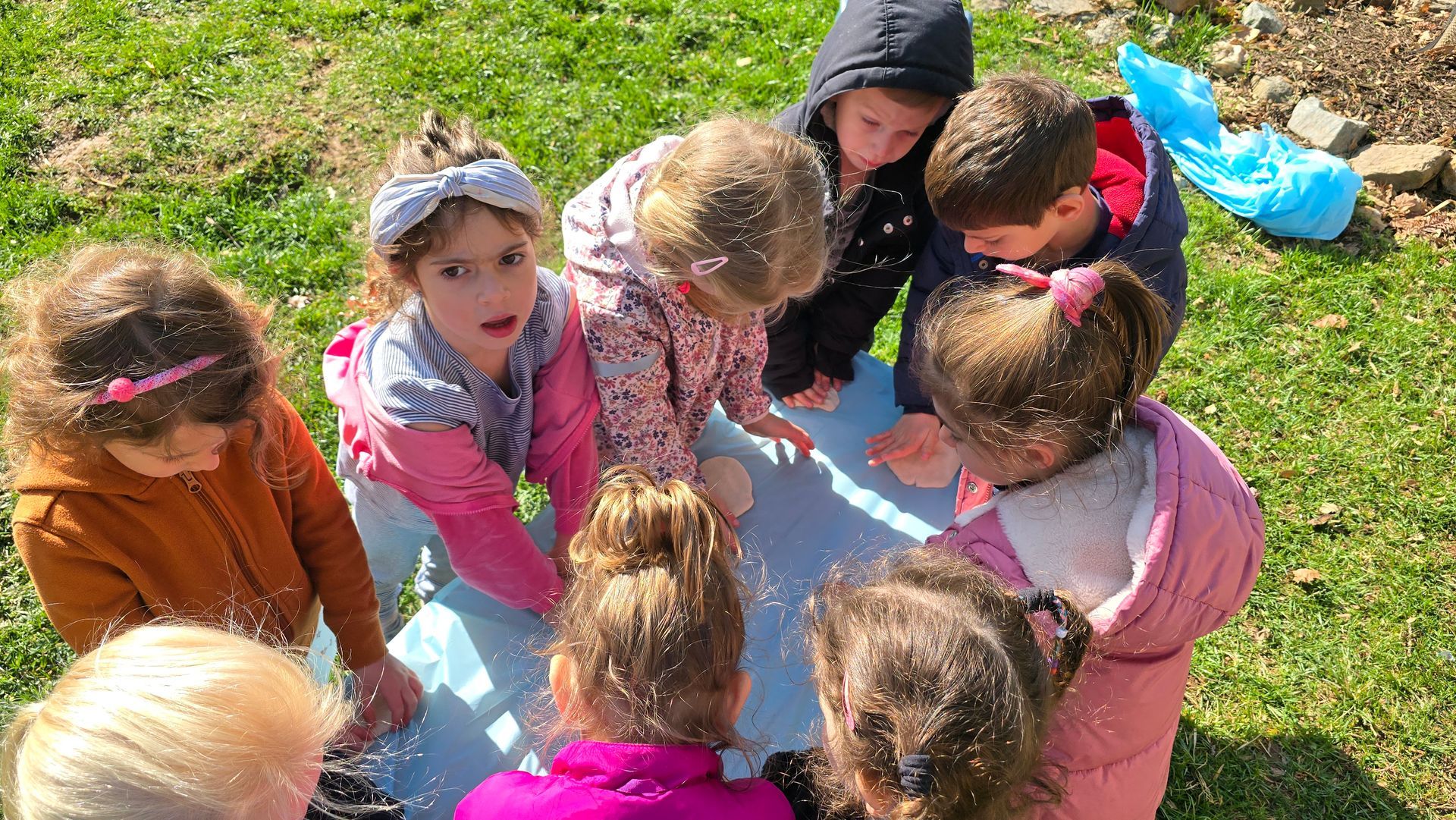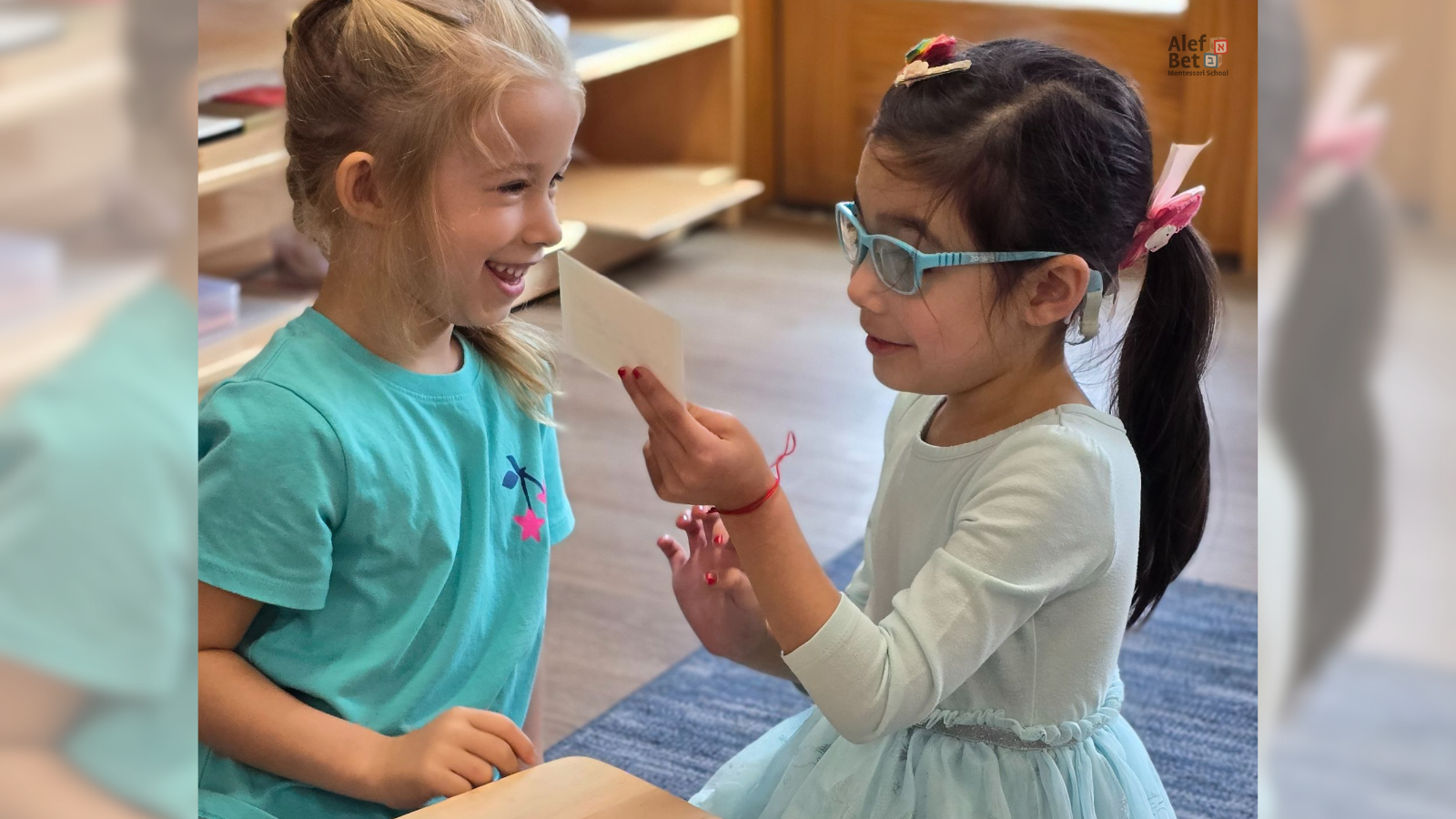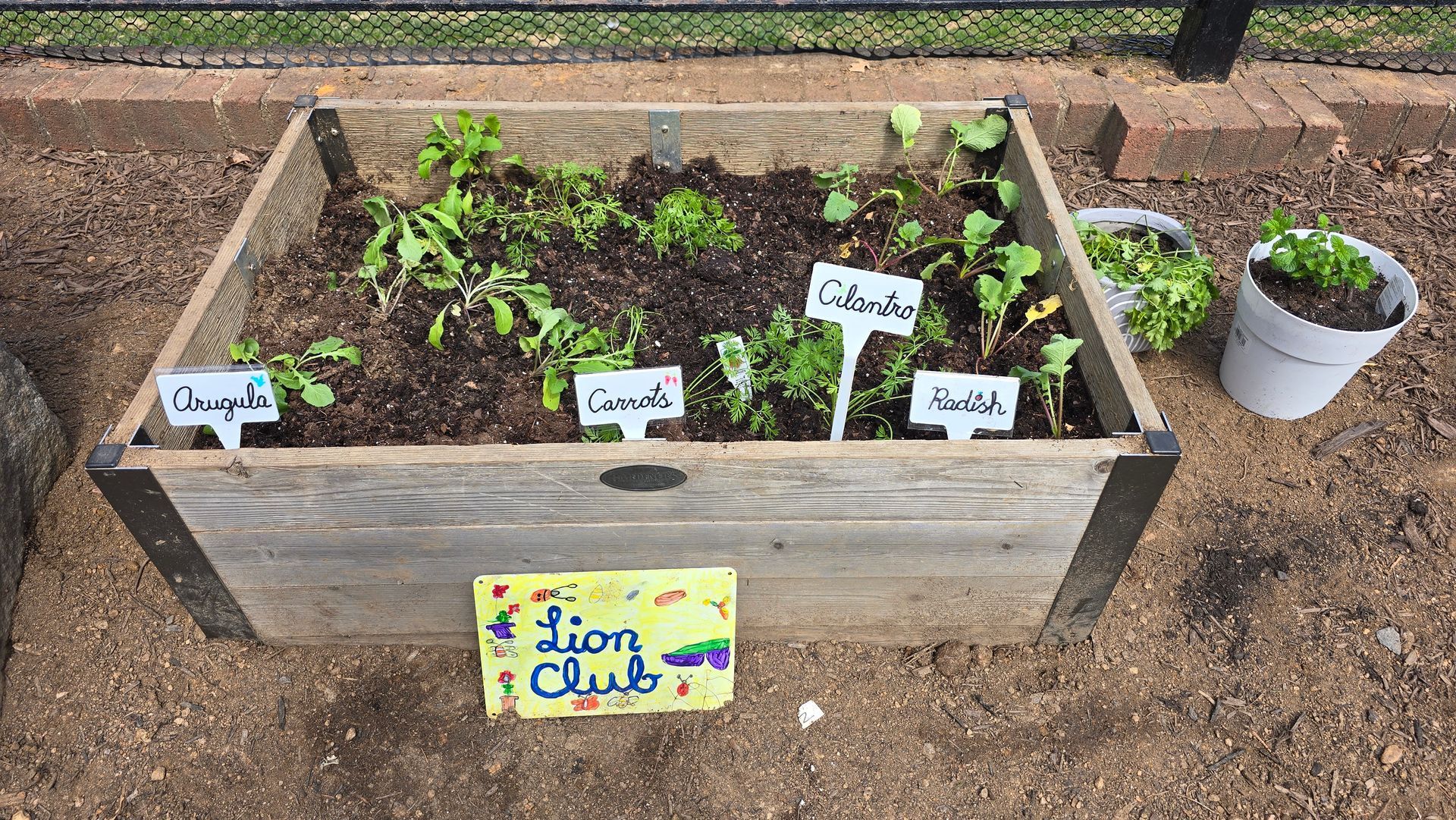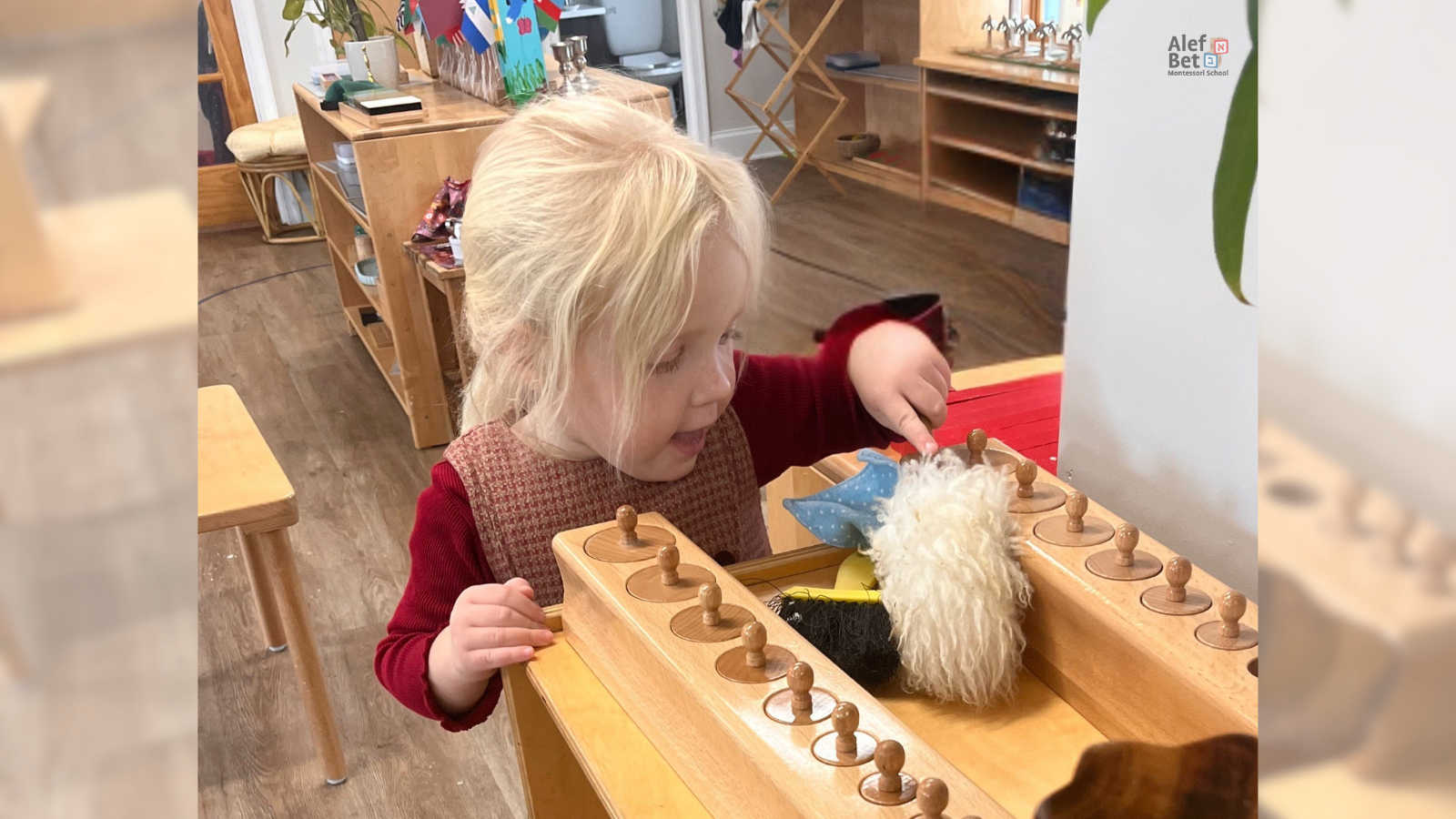What happens if a child is doing nothing or not initiating?
Dr. Angeline Llillard tells the story about Shelby, a curious and imaginative four year old girl she observed in a cozy Montessori classroom. Shelby had a penchant for daydreaming and pondering the world around her. One day, the teacher introduced a lesson on Geometric Solids, displaying various forms of solids and explaining their properties. Shelby listened intently, absorbing every word with wide-eyed fascination. When the lesson concluded, the teacher let her explore the materials independently.
Time went by and Shelby remained still. He rolled over the soft carpet, gazing at the shapes scattered across the room, lost in thought. Minutes turned into twenty, and still, Shelby made no move to engage with the materials.
The teacher observed her with a gentle smile, understanding that every child had their own unique way of processing information. She recognized Shelby's quiet time as a moment of "False Fatigue," a term coined by Dr. Maria Montessori to describe the reflective pause children sometimes took after a period of learning.
After a while, Shelby turned to the teacher with a spark of insight in her eyes. "You know," she said thoughtfully, "our classroom is a Rectangular Prism." Her words echoed with a profound understanding of the lesson, demonstrating his deep internalization of the concept.
The teacher nodded in acknowledgment, her heart swelling with pride for Shelby's newfound understanding. She respected her need for quiet contemplation, recognizing it as a valuable part of his learning journey.
I love this story by Dr. Angeline Lillard, in her book The Science Behind the Genius. She simplifies our need to learn and to reflect. The need to daydream and internalize information. Process it at our own time.
In another situation, the teacher might look to see what specific interests this specific child has, and offer her a new "work", she will often say: Would you like to work on this or that" - giving 2 options, to allow the child to make a choice.
And sometimes, she will just let the child be - to allow daydreaming and happy thoughts.
Ayelet 'Ellie' Lichtash



